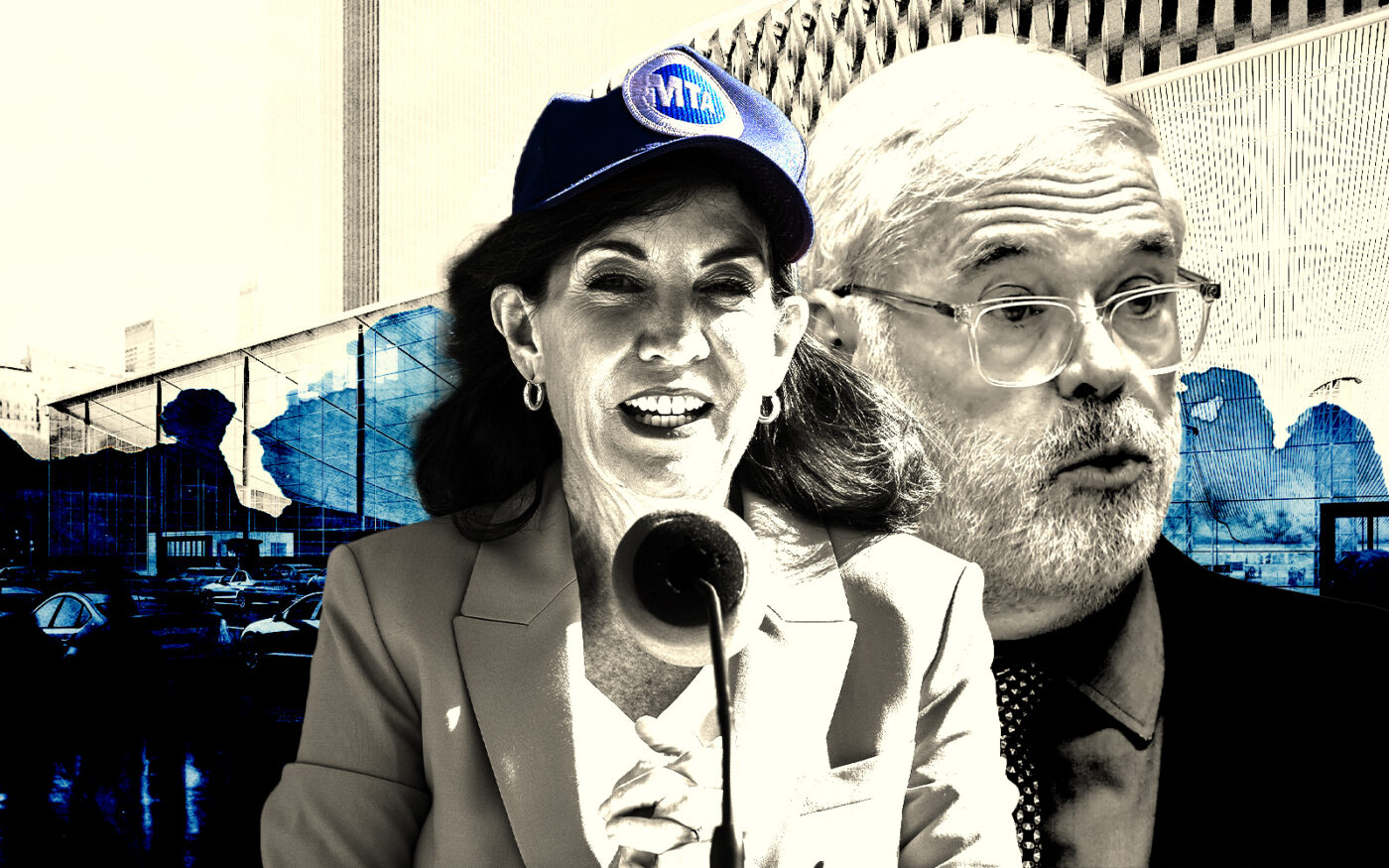
Coffee, fast food, cellphones, drugs power NYC’s main chains
Trending
Alternative Penn Station plan picks up steam
Vornado’s wavering over megadevelopment made room for ASTM proposal

An Italian firm is angling to sub in after the Penn Station proposal leaning on Vornado Realty Trust’s redevelopment in the area appeared to be benched.
A subsidiary of ASTM Group is rising as a frontrunner to fix Penn Station, the New York Times reported. Steven Roth’s real estate investment trust was expected to carry the banner with the development of 10 high-rises in the area, but the firm has signaled they would pause the plan because of tight lending conditions, hampering construction.
Under the ASTM plan, a rectangular class station would be wrapped around Madison Square Garden, itself covered in aluminum and steel. The train station that New Yorkers love to loathe would be replaced by a new pair of “light-filled” train halls.
The plan’s appeal partially lies in its independence from the revenue from Vornado’s office development in the area and it wouldn’t require Madison Square Garden to be demolished or removed; the 5,600-seat Theater at MSG would be razed.
The firm said the project could be done by 2030. A cost projection is expected to be ready in June, when ASTM plans to unveil the proposal. The firm said the project would cost less than the Vornado plan and would be funded upfront by the company and its equity partners, who would then manage and operate the station for 50 years.
One of the figures behind the proposal is Pat Foye, the former chief executive of the Metropolitan Transportation Authority, a major stakeholder in the future of the transit hub. Foye is now the CEO of the North American subsidiary of the Italian infrastructure firm.
Read more
Gov. Kathy Hochul has not publicly commented on the proposal, but has said behind closed doors that she was open to it. Hochul recently vowed to get a Penn Station fix done either with or without Vornado, if necessary.
It was less than a year ago when state authorities approved a plan to partially pay for the redevelopment of Penn Station, estimating payments in lieu of taxes from private development could generate up to $3.75 billion for the project.
Along with the difficult lending and office market conditions roiling activity, Vornado’s plan has also been the subject of legal challenges.
— Holden Walter-Warner






